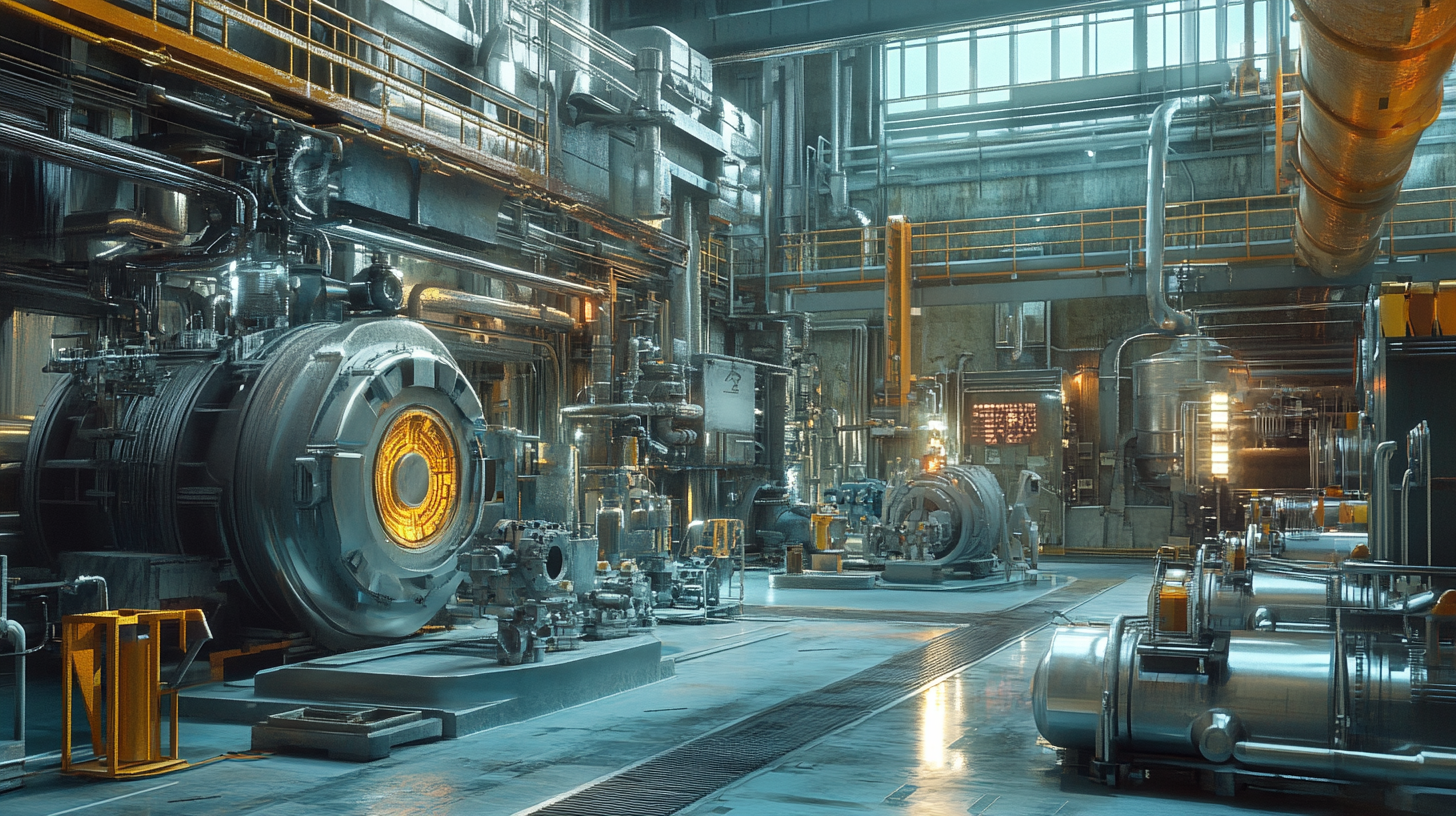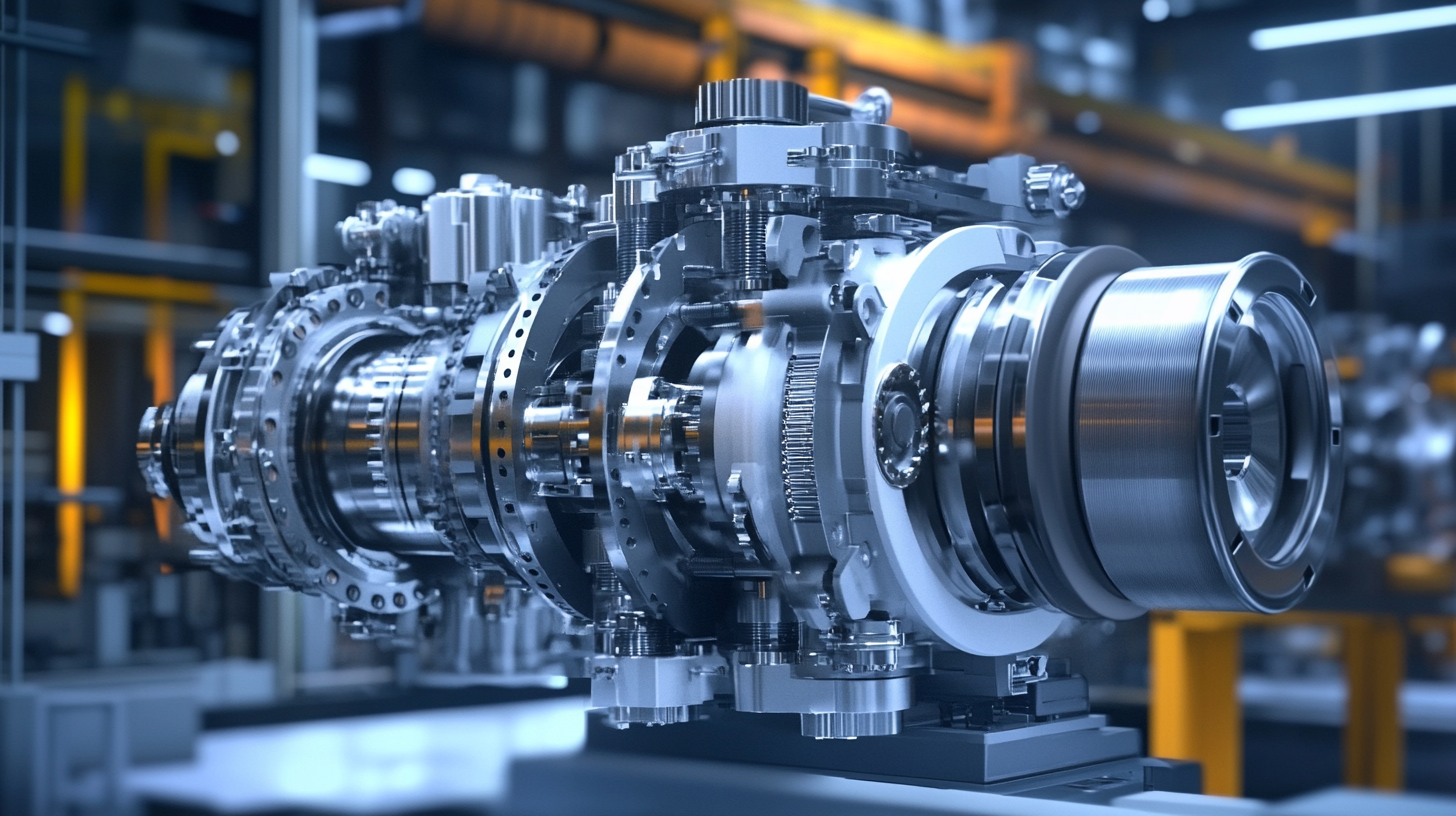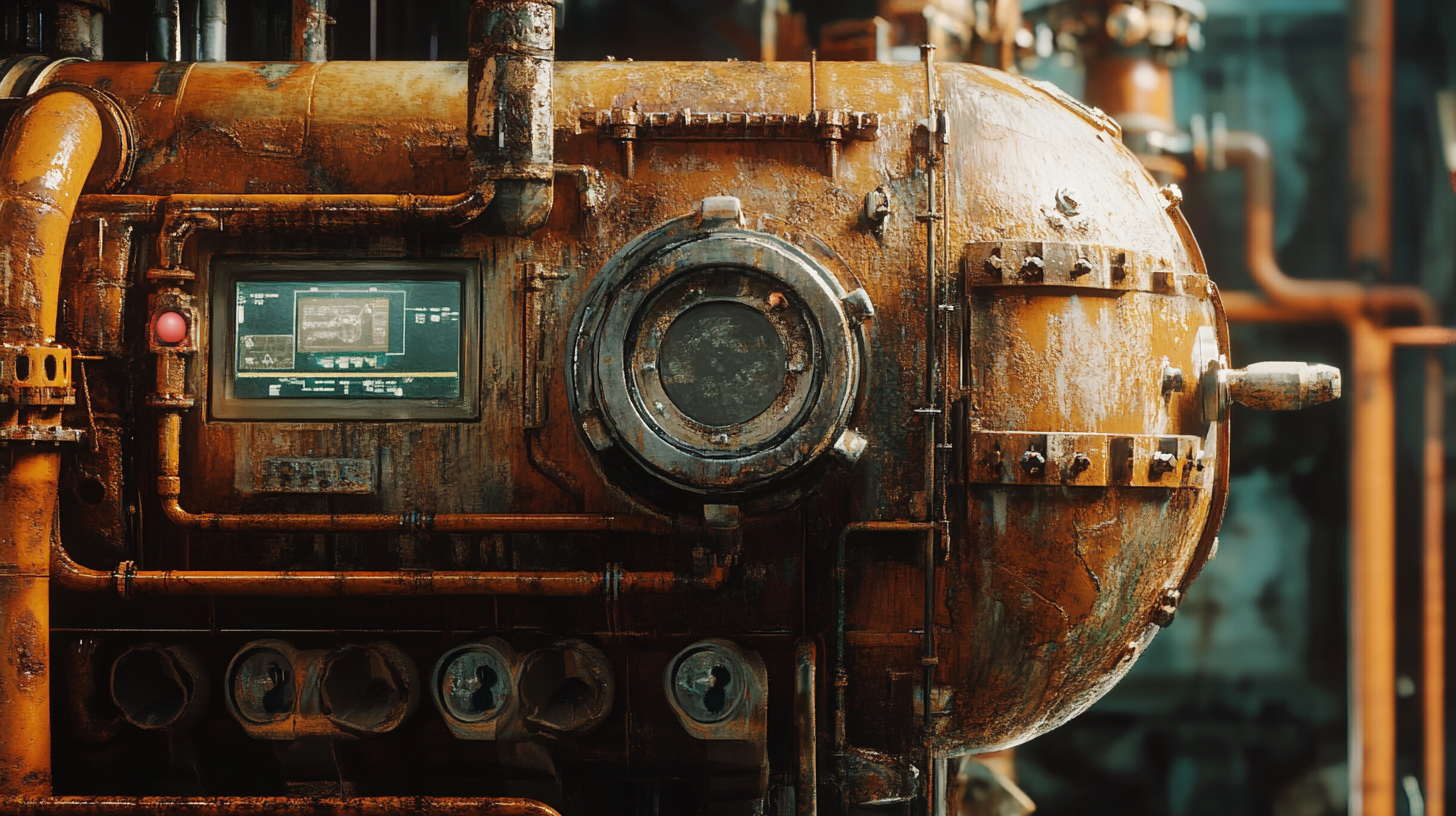- Our Products
- Repairs & Service
- Custom Design
- Blog
- About Us
- Resources
- Industries
- Contact Us
- Contact Bestrei UK
- Compliments / Complaints
- Global Supply
In today's industrial landscape, maximizing efficiency in hydraulic systems has become a paramount concern for engineers and manufacturers alike. Gear hydraulic systems, in particular, play a critical role within various applications, ranging from automotive to heavy machinery. According to a recent report by the International Fluid Power Society, improving hydraulic efficiency can lead to energy savings of up to 30%, which translates to significant cost reductions for industries reliant on these systems. As businesses strive to meet sustainability targets while optimizing operations, innovative approaches to enhance Gear Hydraulic efficiency are more essential than ever.
The demand for higher performance combined with lower environmental impact has motivated researchers and engineers to explore new technologies and methodologies. The latest findings from the Fluid Power Research Council suggest that advancements in materials science and design techniques could potentially improve true hydraulic efficiency metrics by an average of 15% in the next five years. By tapping into these innovative strategies, not only can industries boost productivity, but they can also better align with regulatory pressures and market expectations for greener technologies. This blog will delve into these pioneering approaches and their implications for the future of Gear Hydraulic systems.

The quest for enhanced hydraulic gear performance has led to the exploration of new materials and coatings that significantly improve gear efficiency and longevity. Traditional hydraulic gears, often made from standard steel alloys, face challenges such as wear, corrosion, and heat generation during operation. In fact, according to a study by the American Society of Mechanical Engineers (ASME), up to 50% of hydraulic system failures can be attributed to inadequate material properties that cannot withstand operational stress. Emerging materials, such as high-strength aluminum alloys and advanced polymers, are gaining traction in the hydraulics sector. These materials offer a lighter weight alternative that can improve overall efficiency. The Society of Automotive Engineers (SAE) reported that using aluminum alloys in hydraulic gears can reduce weight by up to 30%, subsequently enhancing fuel efficiency in applications like automotive and aerospace systems. Coatings play a pivotal role in further enhancing the performance of hydraulic gears. Innovative coatings, such as titanium nitride (TiN) and diamond-like carbon (DLC), provide exceptional wear resistance and lower friction coefficients. Research published in the Journal of Mechanical Engineering indicates that gears coated with TiN can experience up to a 60% reduction in wear rate, significantly extending service life and lowering maintenance costs. These advancements in materials and coatings not only improve the performance of hydraulic gears but also contribute to more sustainable industrial practices by reducing resource consumption and waste over time.

Hydraulic efficiency in gear systems is a critical consideration for enhancing performance and reducing energy consumption in various industrial applications. Recent studies indicate that optimizing gear design can lead to significant improvements in hydraulic efficiency. According to a report by the American Gear Manufacturers Association (AGMA), enhancing gear tooth geometry has been shown to decrease hydraulic losses by up to 30%, resulting in more efficient energy transfer.
One innovative approach to gear design involves the use of advanced materials and surface treatments that minimize friction and wear. The utilization of composite materials, for example, has gained attention for their potential to withstand high pressures while maintaining lower friction coefficients. A case study highlighted in a 2022 research paper published in the Journal of Mechanical Engineering revealed that gears made from fiber-reinforced composites demonstrated a 25% increase in hydraulic efficiency compared to traditional steel gears.
In addition to material advancements, implementing advanced manufacturing techniques such as additive manufacturing can also optimize gear design. This technology allows for the creation of complex geometries that traditional methods cannot achieve, enabling the development of gears with enhanced fluid flow paths. Research conducted by the Society of Automotive Engineers (SAE) indicates that optimized fluid dynamics through advanced gear designs can improve hydraulic efficiency by 15%, providing a clear pathway toward more sustainable industrial operations.

The exploration of advanced fluid dynamics is critical to enhancing hydraulic efficiency in gear systems. Recent discoveries in ancient engineering, such as potential hydraulic systems used in Egypt's Step Pyramid of Djoser, demonstrate the longevity and sophistication of hydraulic principles. These historical insights remind us that effective fluid management has been a key to progress for millennia, underpinning the need for modern innovations that optimize hydraulic performance.
Contemporary engineers are leveraging cutting-edge technologies, including metal 3D printing and advanced control algorithms, to revolutionize hydraulic systems. By integrating smart fluid dynamics, companies are not only focusing on improving performance but also on achieving energy efficiency and reducing emissions. This shift towards "smart hydraulics" aligns with the growing demand for sustainable manufacturing processes, thereby addressing both operational efficiency and environmental concerns.
Research advancements, such as studies on electronic hydraulic power steering systems, further illustrate the importance of fluid dynamics in enhancing gear hydraulics. By optimizing volumetric flow rates and pressure controls, these innovations promise significant efficiencies that translate to real-world applications in heavy machinery and industrial settings. As the hydraulic pumps market continues to expand, the potential for improved technologies and methods in fluid dynamics remains vast, paving the way for even greater efficiencies in the years to come.

In the ever-evolving field of mechanical engineering, assessing gear hydraulic efficiency is crucial for optimizing performance and reducing energy consumption. Traditional methods of measurement often fall short due to their inability to capture dynamic performance under varying loads and speeds. Innovative testing methods, therefore, are necessary to provide a comprehensive understanding of gear efficiency, with certain advancements showing promising results.
Recent studies indicate that incorporating machine learning techniques into fluid dynamics simulations can vastly improve the predictive capability of hydraulic systems. For instance, by using advanced computational fluid dynamics (CFD) models, researchers have reported accuracy improvements of up to 30% in predicting flow losses in gear mechanisms. This not only enhances the understanding of hydraulic behavior but also allows for real-time optimization during the gear design process.
Furthermore, dynamic testing environments equipped with pressure and temperature sensors can yield significant insights into the efficiency of hydraulic gears. Reports suggest that these environments can simulate real-world operating conditions, resulting in the identification of critical performance metrics such as flow rate and pressure drop, with a reported increase in test reliability by 25%. By leveraging such innovative methodologies, engineers can adopt a more holistic approach to gear design, ultimately contributing to more sustainable and efficient hydraulic systems.
These advancements highlight the importance of integrating modern testing methods to truly gauge the efficiency of hydraulic systems. As industries continue to push the boundaries of performance, focusing on innovative testing will play a pivotal role in enhancing gear design and functionality.
In recent years, innovative gear hydraulic systems have emerged as a pivotal technology across various sectors, demonstrating remarkable efficiency enhancements. One prominent example is the application of hydraulic systems in plug-in hybrid electric vehicles (PHEVs). By intelligently integrating hydraulic pumps within the powertrain, manufacturers are achieving an optimal balance between fuel efficiency and performance. The dual-source energy mechanism allows these vehicles to operate more efficiently, especially in urban environments characterized by frequent stop-and-go conditions.
Another significant case study can be drawn from the aerospace industry, where hydraulic systems increasingly support complex functions such as flight control and landing gear operations. Research indicates that advancements in gear pump technologies can substantially improve the remaining useful life (RUL) predictions, thereby enhancing the overall operational efficiency of these hydraulic systems. The ability to anticipate wear and tear—particularly on critical components like gear pumps—allows for more timely maintenance and reduces the risk of system failures.
Automotive applications also present compelling case studies in hydraulic efficiency, particularly concerning shock absorbers. Recent investigations into hydraulic automotive shock absorbers reveal that optimizing gear hydraulics can lead to improved energy absorption and comfort for passengers. By refining the design and materials used in these systems, manufacturers are not only enhancing performance but also extending the lifespan of these critical components. These real-world applications underscore the transformative potential of innovative gear hydraulic technologies in elevating efficiency across various industries.
Bestrei UK has a strong footprint across Europe
United Kingdom, Ireland, France, Germany, Norway, Finland Sweden, Spain, Italy